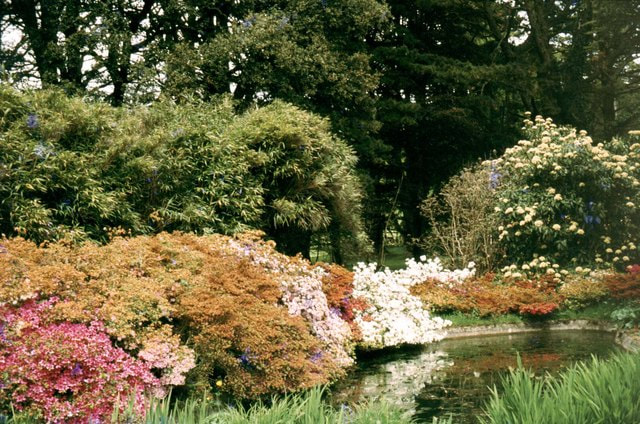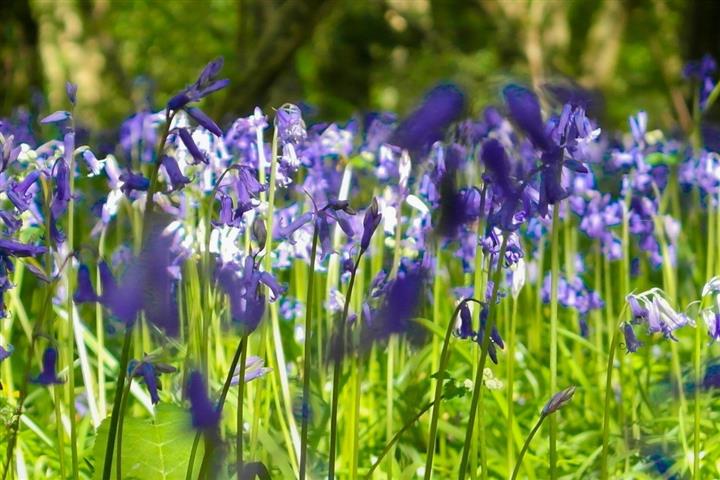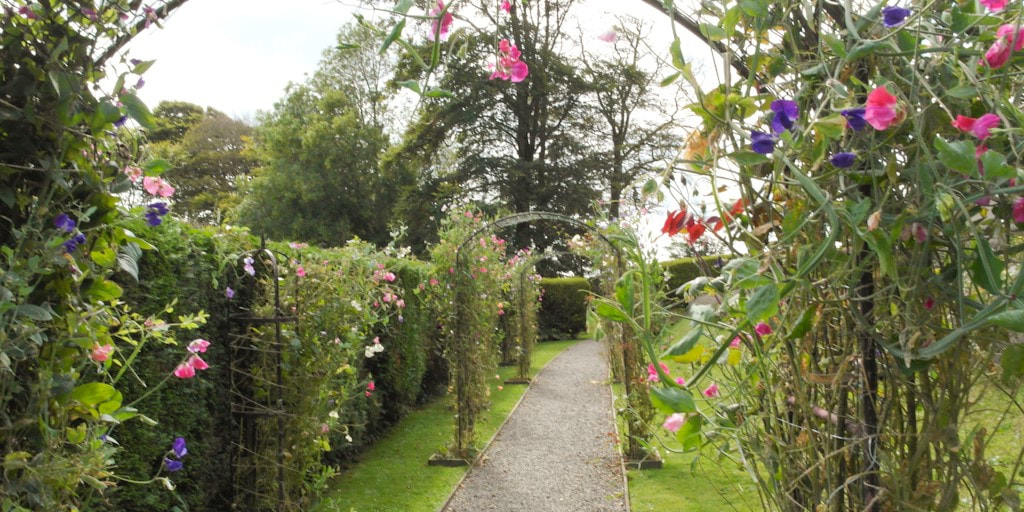Parts of Cornwall and Devon are known for their sub-tropical climate, and the West Country as a whole is home to some wonderful flowers and plants. For this blog post, we’ve tried to pick 10 of our favourites, including some slightly controversial inclusions. Did we miss yours? Let us know in the comments below.

Cornish Path Moss
It’s hard to get too excited about moss, but this particular variety is one of the few plants on this list to ONLY be found in Cornwall. In fact, the total worldwide population of Cornish Path Moss is thought to cover less than three square metres! What makes it particularly special (and particularly rare), is that it evolved to thrive in metal-rich, compacted soil. That’s why the places it has been found have been paths to old copper mines.
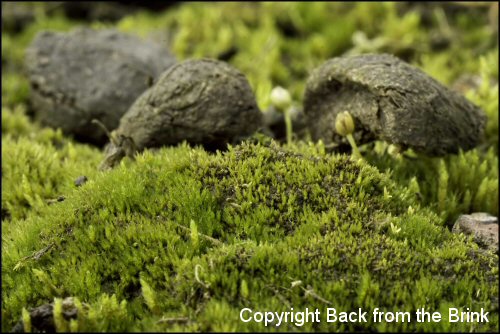

Oak
The sessile oak is the unofficial emblem of Cornwall and is often known as the Cornish oak – strange, bearing in mind the tree is relatively widespread in the UK and does particularly well in the North West. It can be distinguished from English (or ‘peduncular’) oak in that the acorns grow directly on twigs rather than stalks.
However, arguably the single most famous tree in Cornwall is a peduncular oak known as the Darley Oak (pictured), found outside a small farm in Darley Ford between Launceston and Liskeard. This tree is thought to be around 1000 years old, and was used for centuries for healing rituals.
Camellia
Of course, there’s nothing local about camellias, which are native to southern Asia. However, they have been cultivated in the UK since the mid-1700s and are a permanent fixture in the grounds, gardens and estates of period houses in the West Country where they thrive in the mild climate, and their winter flowers give a feeling of grandeur to any outdoor space. At Tamar Valley Cottages we’re lucky enough to have some very rare specimens, including single-petal camellias.
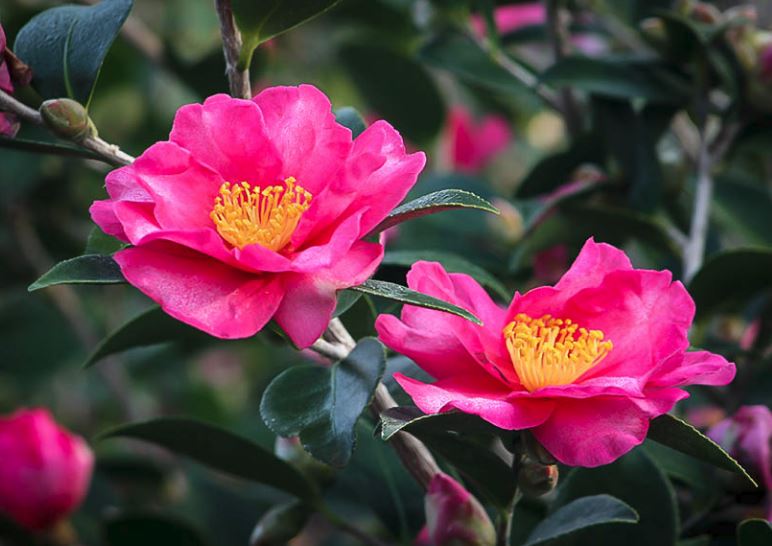
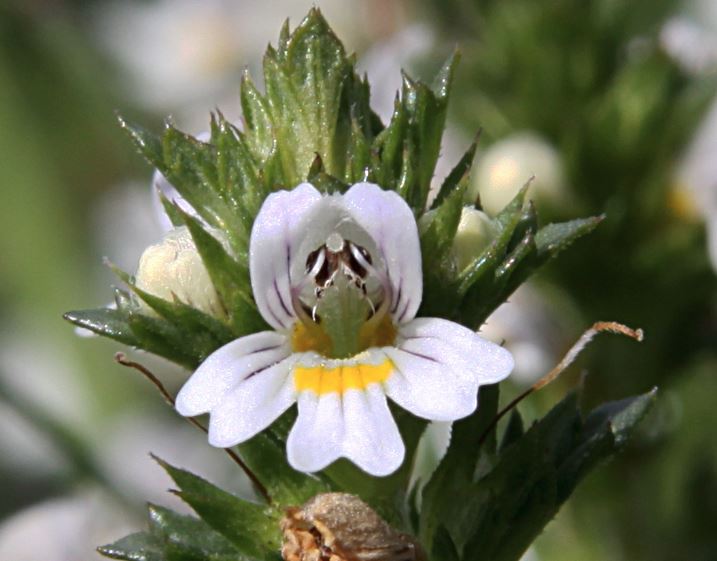
Eyebright
Eyebrights are tiny, mainly white flowers, that grow in a range of habitats from windswept cliffs, to heathland and meadows. They have unusual lobed petals with a bright spot of yellow.
There are many different species of Eyebright which are hard to tell apart, but one, Vigur’s Eyebright, can only be found in Cornwall and Devon.
Monkey puzzle
The Monkey Puzzle is a tall evergreen tree that is native to South America, and is in fact the national tree of Chile. It was brought over to the UK in the 1800s and an early specimen was grown in the grounds of Pencarrow House, near Bodmin. A friend of one of the owners noted the lack of branches and exclaimed ‘It would puzzle a monkey to climb that’, and the name stuck.
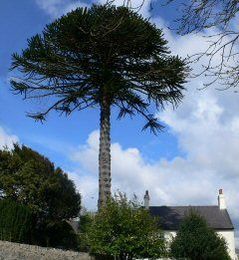
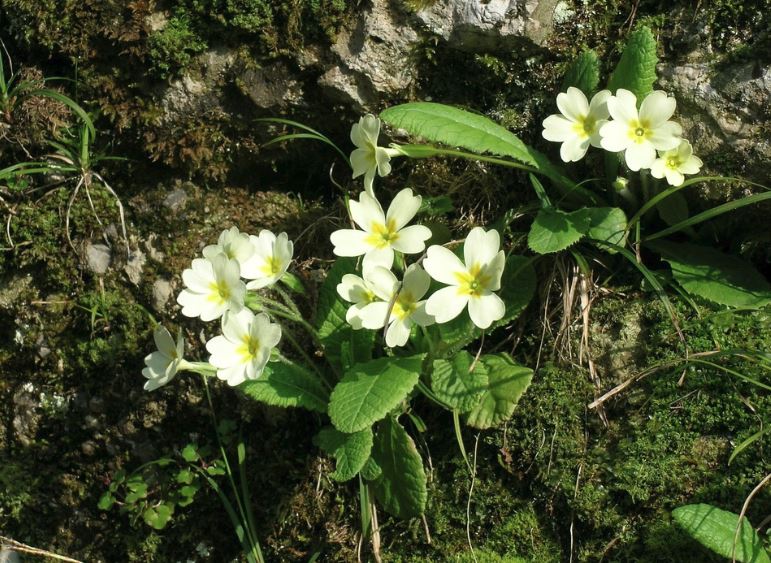
Primrose
Yes, primroses are widespread across the UK and are native to many regions. But did you know it was voted as the county flower of Devon? Most varieties range from white to yellow, and the rarer purple and pink types are thought to be a genetic variant rather than an escapee from a nearby garden. They can be commonly seen among local hedgerows, and our grounds are lucky to be dotted with many beautiful clusters.
Sphagnum Moss
Perhaps it’s odd to include two types of moss in the top ten, but this moss, believe it or not, is iconic for the Westcountry. Why? Its other names are bog moss or peat moss –the basis of the infamous Dartmoor bog (also found extensively on Bodmin moor). This amazing little plant can absorb more than 25x its own weight in water, turning the ground into a veritable sponge.
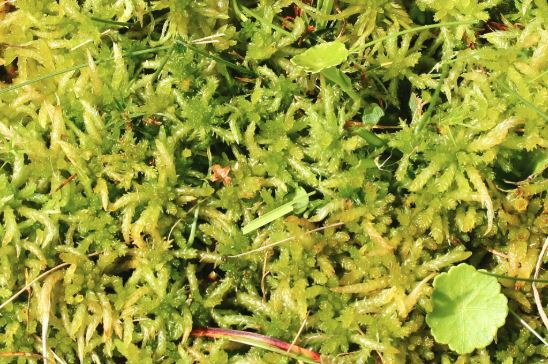

Thrift
In a relatively recent poll, sea thrift (sometimes known as sea pink) was voted the county flower of Cornwall. Although it grows in many parts of the country, its lollipop clusters of pink flowers seem to be a persistent presence along the coastlines of Cornwall and Devon. A beautiful little plant that doesn’t mind clinging onto a rocky cliff and being lashed by the wind.
Palm trees
Most visitors know that the South West is the home to countless palm trees, making that summer holiday feel even more exotic. The truth is of course, that none of these varieties are native and were mostly planted for ornamental reasons. This is also true of the so-called Cornish Palm, which actually is neither Cornish nor a palm tree. It is native to New Zealand, and is known variously as the cabbage tree, the Torquay palm or the Torbay palm.

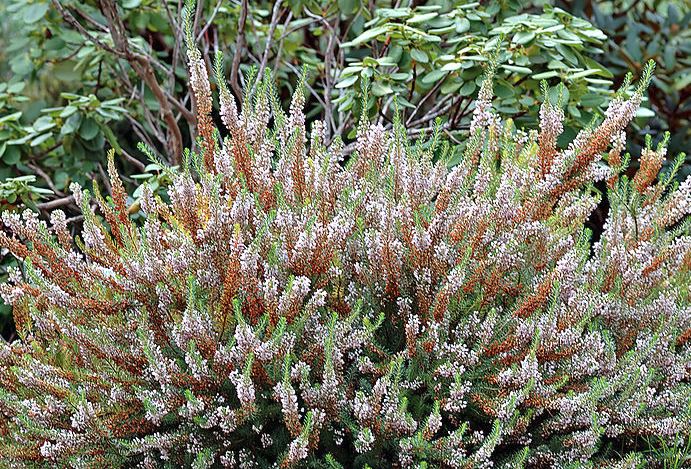
Cornish Heath
Moorland heathers can be found throughout Devon and Cornwall, but Cornish Heath is rather special – the only place in the UK that it grows, is heathland on the Lizard peninsula. Its distinctive flowers vary from lilac to white, and is so particular that it is often known as the ‘National flower of Cornwall’.

